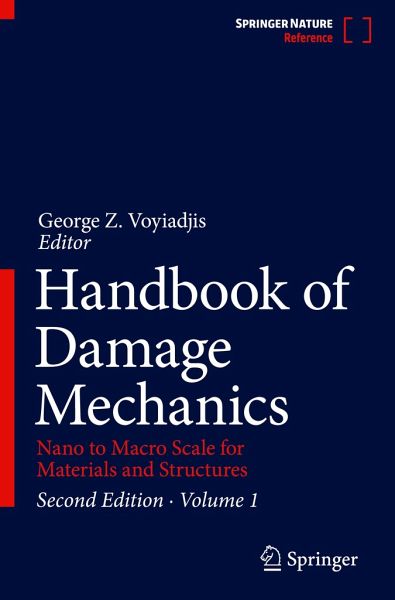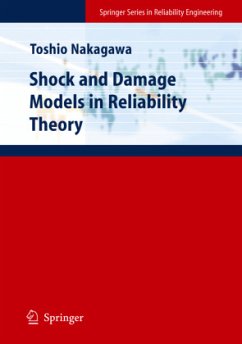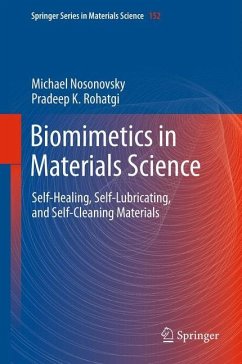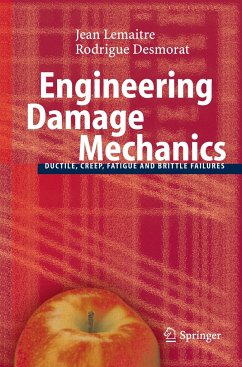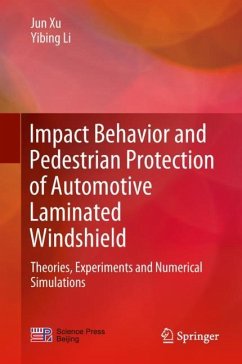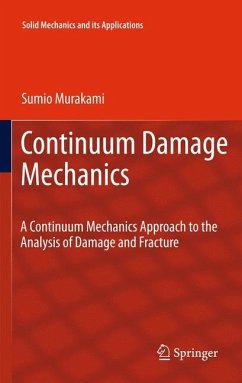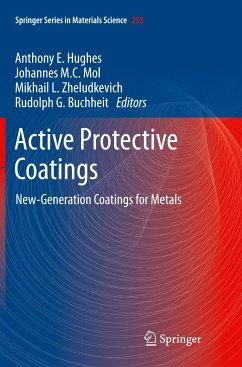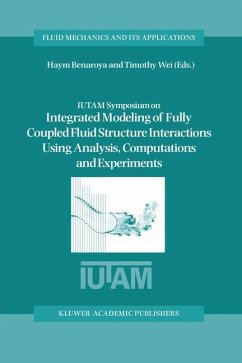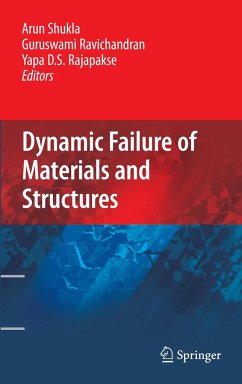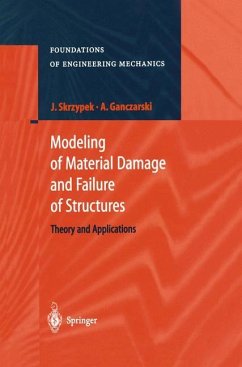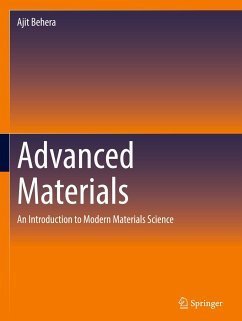George Z. Voyiadjis is the Boyd Professor at the Louisiana State University in the Department of Civil and Environmental Engineering. This is the highest professorial rank awarded by the Louisiana State University System. He is also the holder of the Freeport-McMoRan Endowed Chair in Engineering. He joined the Faculty of Louisiana State University in 1980. He is currently the Chair of the Department of Civil and Environmental Engineering. He holds this position since February of 2001. He currently also serves, since 2012, as the Director of the Louisiana State University Center for Geo Informatics (LSUC4G; http://c4g.lsu.edu/). Voyiadjis is a Foreign Member of both the Academia Europaea - Physics & Engineering Sciences - and the European Academy of Sciences. He is a Foreign Member of both the Polish Academy of Sciences, Division IV (Technical Sciences), and the National Academy of Engineering of Korea. He is the recipient of the 2008 Nathan M. Newmark Medal of the American Society of Civil Engineers and the 2012 Khan International Medal for outstanding lifelong contribution to the field of plasticity. He was also the recipient of the Medal for his significant contribution to continuum damage mechanics, presented to him during the Second International Conference on Damage Mechanics (ICDM2), Troyes, France, July 2015. This is sponsored by the International Journal of Damage Mechanics and is held every 3 years. However, due to COVID-19 May 2022 the Fourth International Conference on Damage Mechanics (ICDM4) will be held after 4 years in Louisiana State University, Baton Rouge, Louisiana. xv Voyiadjis was honored in April 2012 by the International Symposium on "Modeling Material Behavior at Multiple Scales" sponsored by Hanyang University, Seoul, South Korea, chaired by T. Park and X. Chen (with a dedicated special issue in the Journal of Engineering Materials and Technology of the ASME). He was also honored by an International Mini-Symposium on "Multiscale and Mechanism Oriented Models: Computations and Experiments" sponsored by the International Symposium on Plasticity and Its Current Applications, chaired by V. Tomar and X. Chen, in January 2013. He is a Distinguished Member of the American Society of Civil Engineers; Fellow of the American Society of Mechanical Engineers, the Society of Engineering Science, the American Academy of Mechanics, and the Engineering Mechanics Institute of ASCE; and Associate Fellow of the American Institute of Aeronautics and Astronautics. He was on the Board of Governors of the Engineering Mechanics Institute of the American Society of Civil Engineers and Past President of the Board of Directors of the Society of Engineering Science. He was also the Chair of the Executive Committee of the Materials Division (MD) of the American Society of Mechanical Engineers. Dr. Voyiadjis is the Founding Chief Editor of the Journal of Nanomechanics and Micromechanics of the ASCE and is on the editorial board of numerous engineering journals. He was also selected by Korea Science and Engineering Foundation (KOSEF) as one of the only two world-class university foreign scholars in the area of civil and architectural engineering to work on nanofusion in civil engineering. This is a multimillion research grant. Voyiadjis' primary research interest is in plasticity and damage mechanics of metals, metal matrix composites, polymers, and ceramics with emphasis on the theoretical modeling, numerical simulation of material behavior, and experimental correlation. Research activities of particular interest encompass macro-mechanical and micro-mechanical constitutive modeling, experimental procedures for quantification of crack densities, inelastic behavior, thermal effects, interfaces, damage, failure, fracture, impact, and numerical modeling. Dr. Voyiadjis' research has been performed on developing numerical models that aim at simulating the xvi About the Editors damage and dynamic failure response of advancedengineering materials and structures under high-speed impact loading conditions. This work will guide the development of design criteria and fabrication processes of high-performance materials and structures under severe loading conditions. Emphasis is placed on survivability area that aims to develop and field a contingency armor that is thin and lightweight, but with a very high level of an overpressure protection system that provides low penetration depths. The formation of cracks and voids in the adiabatic shear bands, which are the precursors to fracture, is mainly investigated. He has 2 patents, over 364 refereed journal articles, and 22 books (12 as editor) to his credit. He has given over 420 presentations as plenary, keynote, and invited speaker as well as other talks. Over 68 graduate students (39 Ph.D.) completed their degrees under his direction. He has also supervised numerous postdoctoral associates. Voyiadjis has been extremely successful in securing more than $30 million in research funds as a principal investigator/investigator from the National Science Foundation, the Department of Defense, the Air Force Office of Scientific Research, the Louisiana Department of Transportation and Development, the Federal Highway Administration, the National Oceanic and Atmospheric Administration (NOAA), and major companies such as IBM and Martin Marietta. He has been invited to give plenary presentations and keynote lectures in many countries around the world. He has also been invited as guest editor in numerous volumes of the Journal of Computer Methods in Applied Mechanics and Engineering, International Journal of Plasticity, Journal of Engineering Mechanics of the ASCE, and Journal of Mechanics of Materials. These special issues focus in the areas of damage mechanics, structures, fracture mechanics, localization, and bridging of length scales. He has extensive international collaborations with universities in France, the Republic of Korea, and Poland.
